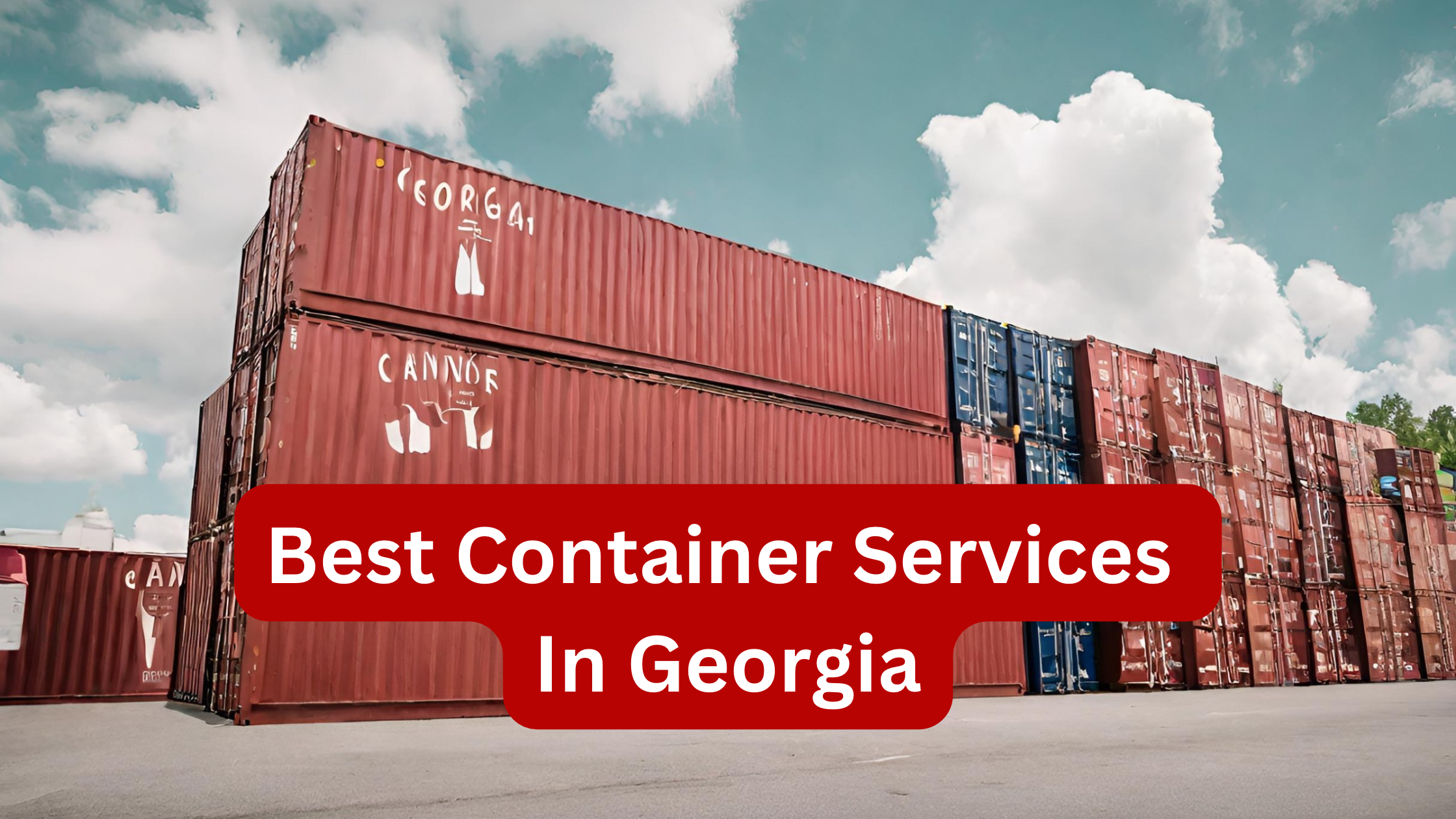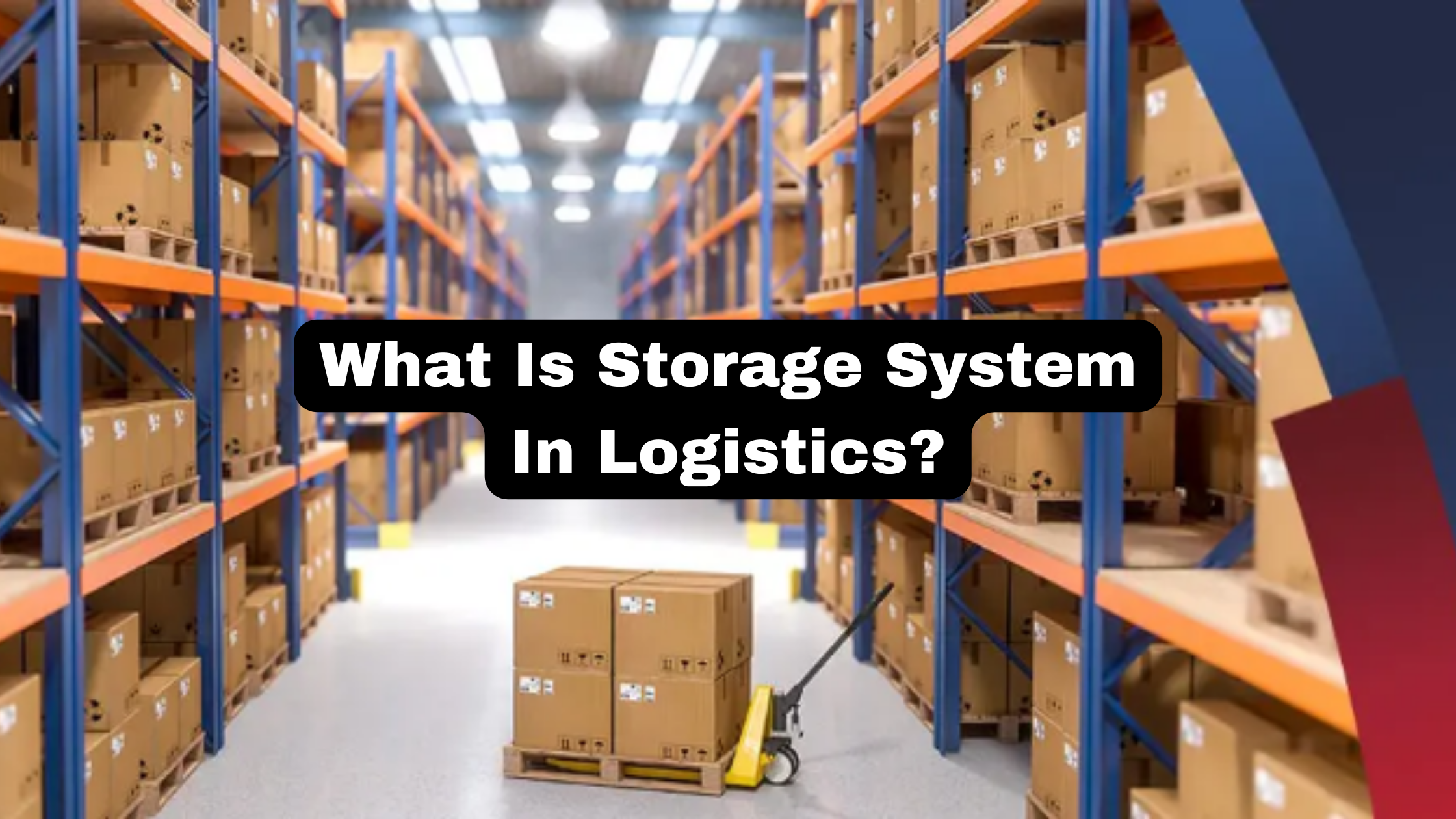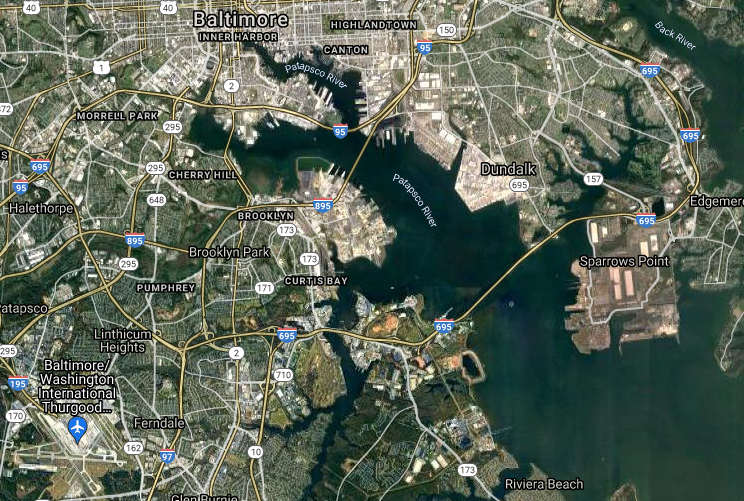The trucking industry is undergoing an unprecedented shift that is disrupting traditional business practices. A nationwide shortage of truck drivers is particularly impacting ports due to the increasing demand for truck drayage services. Global trade expansion has led to a surge in goods being shipped worldwide, placing significant strain on port operations. Longshoremen now face lengthy waiting times for truck unloading, and container delays from various regions have reached alarming levels. In this article, we will explore the root causes behind this critical driver shortage at ports and discuss potential measures for the future.

Surging Import Volumes Drive Demand for Truck Drayage
As the global economy rebounds from the pandemic, port cities worldwide are witnessing a significant rise in demand for truck drayage services. The surge in import cargo has created an urgent need for truckers to transport containers within port areas, warehouses, and distribution centers. However, port operators are struggling to meet this demand due to a shortage of available drivers, exacerbated by higher wages and stricter safety requirements resulting from the Covid-19 pandemic. Notably, ports like Los Angeles, Long Beach, and Savannah have recently experienced unprecedented levels of activity. To address the driver shortage, port operators are exploring technologies like automated dispatching and GPS tracking systems. Implementing these innovations enables ports to stay competitive, efficiently handle the growing import volumes, and alleviate the burden on truck drivers.
Driver Shortage Impacting Port Operations and Cargo Flow
The global shortage of truck drayage drivers at ports has created extensive delays in cargo flow and disrupted port operations worldwide. The ongoing pandemic has worsened the driver shortage due to reduced demand and health concerns. This scarcity of drivers has significant consequences, impeding the movement of containers and causing disruptions in supply chains heavily reliant on efficient port operations. Importers and exporters bear the brunt of these challenges, facing increased costs and logistical difficulties due to missed deadlines and related delays. Prolonged wait times place additional strain on port resources, resulting in backlogs and compounding delays and costs. Without prompt action, the high demand for truck drayage services will continue to disrupt port operations and raise importer and exporter costs.
Infrastructure Investment by Ports and Terminals to Support Growth
Ports and terminals across the United States are investing in infrastructure to support increased demand for truck drayage services. And it makes sense: as more goods cross the border, investments are needed to keep up with the demand.
These investments are typically made in two ways:
- Improving port infrastructure to increase capacity and efficiency of operations such as berth deepening, complimentary dredging, and gate/terminal automation.
- Enhancing safety by investing in modern equipment such as access control systems, advanced surveillance cameras, and motion detection lighting systems.
The goal of these investments is to keep up with so-called ‘mega ships’ entering US ports and ensure that their services are maintained at an optimal level. By doing so, they can continue to meet the needs of US importers/exporters, who rely on these ports to bring their goods across the border quickly and efficiently.
Higher Pay and New Driver Programs Aimed at Addressing Shortfall
Trucking companies are using a variety of strategies to combat the ongoing driver shortage at ports. Companies are raising wages and restoring benefits to attract new drivers. They have also introduced programs to develop the next generation of truckers. Mentorship programs, in which experienced drivers act as guides for new drivers, training classes to assist in obtaining commercial driving licenses, and tuition reimbursement/scholarships for aspiring drivers are among the initiatives. These initiatives not only address the driver shortage but also invest in future business opportunities. As more opportunities emerge, industry experts predict an influx of people entering the truck drayage field, meeting current demand and ensuring smooth freight movement throughout the supply chain.
Automation and New Technologies May Provide Relief in Coming Years
Did you know that automation and new technologies could be the answer to the driver shortage at ports? It’s true—as demand for truck drayage grows, so does the need for better technologies that can help minimize human labor.
Automation
Automation of freight movement is becoming increasingly popular as it allows cargo to be moved without relying on drivers. This could help alleviate the current driver shortage, as fewer drivers are needed to transport goods from port to destination. Automation allows for easier tracking of cargo and can help reduce costs and increase efficiency.
New Technologies
New technologies, like artificial intelligence (AI), will play a significant role in expediting freight movement. AI-powered software can analyze historical shipment data and forecast optimal routes from ports to destinations, reducing wait times at ports and accelerating delivery timelines. These advancements in automation and technology have the potential to alleviate the driver shortage issue in the future. By implementing more efficient systems, the demand for manual labor, including truck drayage drivers, may decrease, resulting in improved speed and efficiency for freight transportation as a whole.
Collaborating to Find Solutions to Drayage Capacity Crunch
The increasing demand for drayage services has put a real strain on the capacity available at ports, leaving drivers and container haulers struggling to meet deadlines. While this shortage in capacity has been brought about by a combination of industry factors, freight companies are increasingly collaborating to find solutions.
Expansion of Capacity
To alleviate the crunch, companies are expanding the number of containers they can move and developing new technologies to facilitate smoother operations. Freight companies are looking at ways that automation can reduce the time it takes to manage inventory, as well as how they can integrate their technology into existing systems. This could help reduce wait times for both drivers and customers.
New Models of Drayage Services
To meet the growing demand for container transport, freight companies are actively investigating alternative drayage service models. One such approach is the use of technology-enabled truck pools, in which multiple carriers collaborate and share resources during peak demand periods. Such an approach involves the use of technology-enabled truck pools, in which multiple carriers collaborate and share resources during peak demand periods. This strategy enables them to meet customer requirements without overburdening drivers. Companies are devising innovative solutions to address the shortage of drayage capacity while maintaining the timely delivery of goods to customers through collaborative efforts and the adoption of new technologies and service delivery models.
Conclusion
The trucking industry is grappling with a severe shortage of qualified drivers, which has significantly affected the timely and efficient delivery of goods. This driver shortage issue reflects a broader trend in the transportation and logistics sectors, highlighting the importance of well-trained drivers and the integration of digital solutions to bridge the gap. With the ongoing growth in freight volumes, companies must explore innovative strategies to meet customer demands and ensure the safe and efficient transportation of goods.








